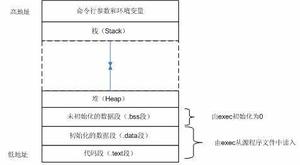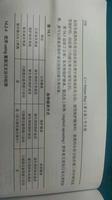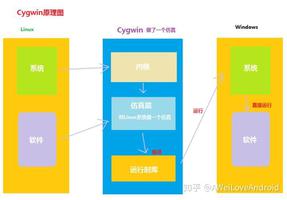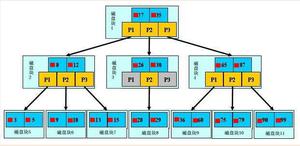试试!和尝试?有什么区别,以及何时使用它们?
在Swift
2.0中,Apple引入了一种处理错误的新方法(do-
try-catch)。几天前,在Beta
6中,甚至引入了一个更新的关键字(try?)。另外,知道我可以使用try!。这3个关键字之间有什么区别,何时使用每个关键字?
回答:
假定以下抛出函数:
enum ThrowableError: Error { case badError(howBad: Int)
}
func doSomething(everythingIsFine: Bool = false) throws -> String {
if everythingIsFine {
return "Everything is ok"
} else {
throw ThrowableError.badError(howBad: 4)
}
}
尝试
当您尝试调用可能抛出的函数时,有2个选项。
您可以通过将呼叫围绕在do-catch块中来承担 的责任:
do { let result = try doSomething()
}
catch ThrowableError.badError(let howBad) {
// Here you know about the error
// Feel free to handle or to re-throw
// 1. Handle
print("Bad Error (How Bad Level: \(howBad)")
// 2. Re-throw
throw ThrowableError.badError(howBad: howBad)
}
或者只是尝试调用该函数,然后 给调用链中的下一个调用者:
func doSomeOtherThing() **_throws_** -> Void { // Not within a do-catch block.
// Any errors will be re-thrown to callers.
let result = try doSomething()
}
尝试!
当您尝试访问其中包含nil的隐式展开的可选内容时会发生什么?是的,的确如此,该应用程序将崩溃!尝试也一样!它基本上会忽略错误链,并声明“行将成灾”的情况。如果被调用的函数没有引发任何错误,则一切正常。但是,如果失败并抛出错误,则
。
let result = try! doSomething() // if an error was thrown, CRASH!尝试?
Xcode 7 beta 6中引入了一个新关键字。它 关键字,该关键字解开成功的值,并通过返回nil捕获错误。
if let result = try? doSomething() { // doSomething succeeded, and result is unwrapped.
} else {
// Ouch, doSomething() threw an error.
}
或者我们可以使用警卫:
guard let result = try? doSomething() else { // Ouch, doSomething() threw an error.
}
// doSomething succeeded, and result is unwrapped.
最后一点,通过使用try?注释,您将丢弃发生的错误,因为该错误已转换为nil。使用尝试?当您更多地关注成功和失败时,而不是失败的原因上。
使用合并运算符
您可以使用合并运算符?? 尝试一下?在出现故障时提供默认值:
let result = (try? doSomething()) ?? "Default Value"print(result) // Default Value
以上是 试试!和尝试?有什么区别,以及何时使用它们? 的全部内容, 来源链接: utcz.com/qa/420294.html







